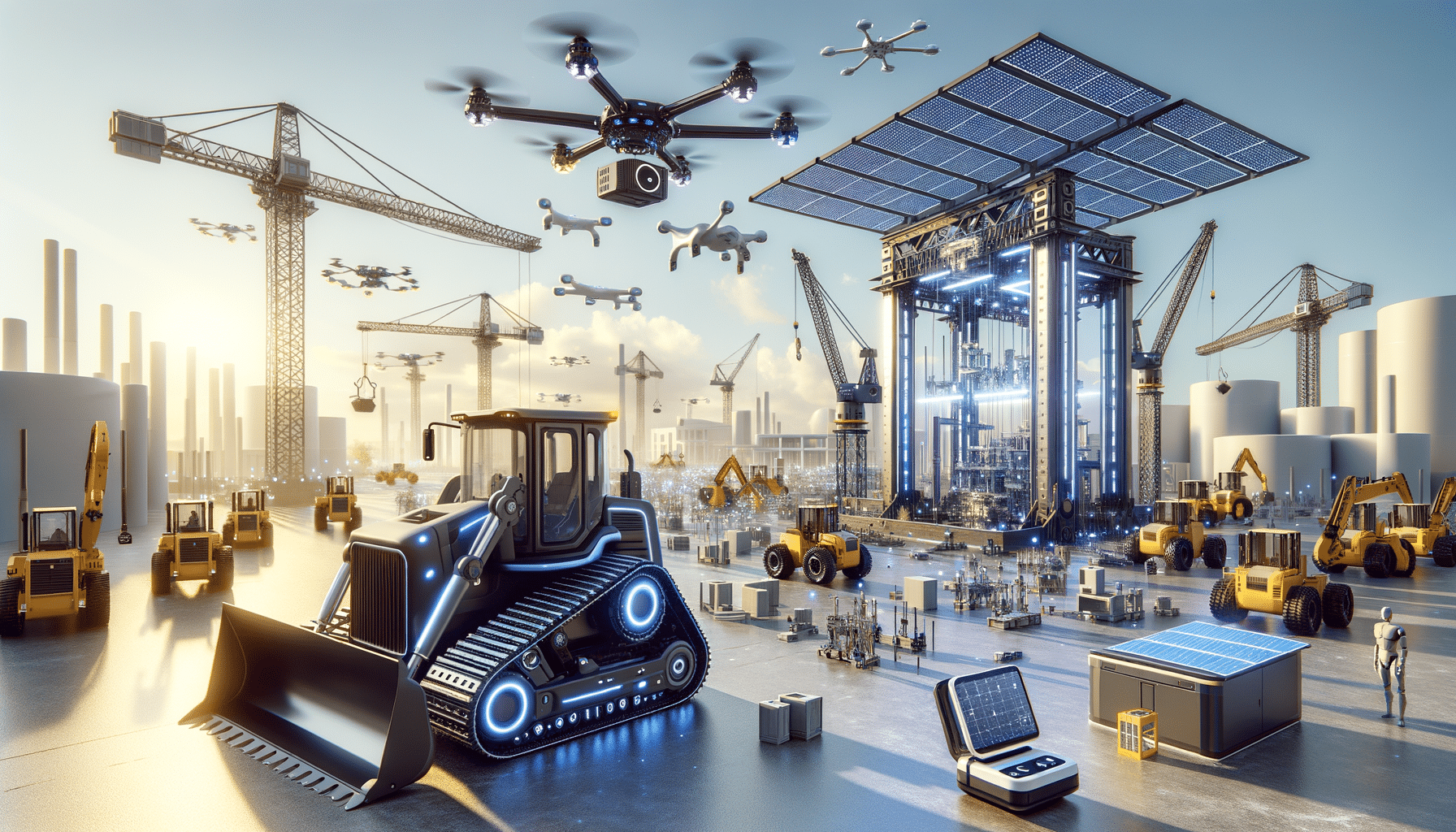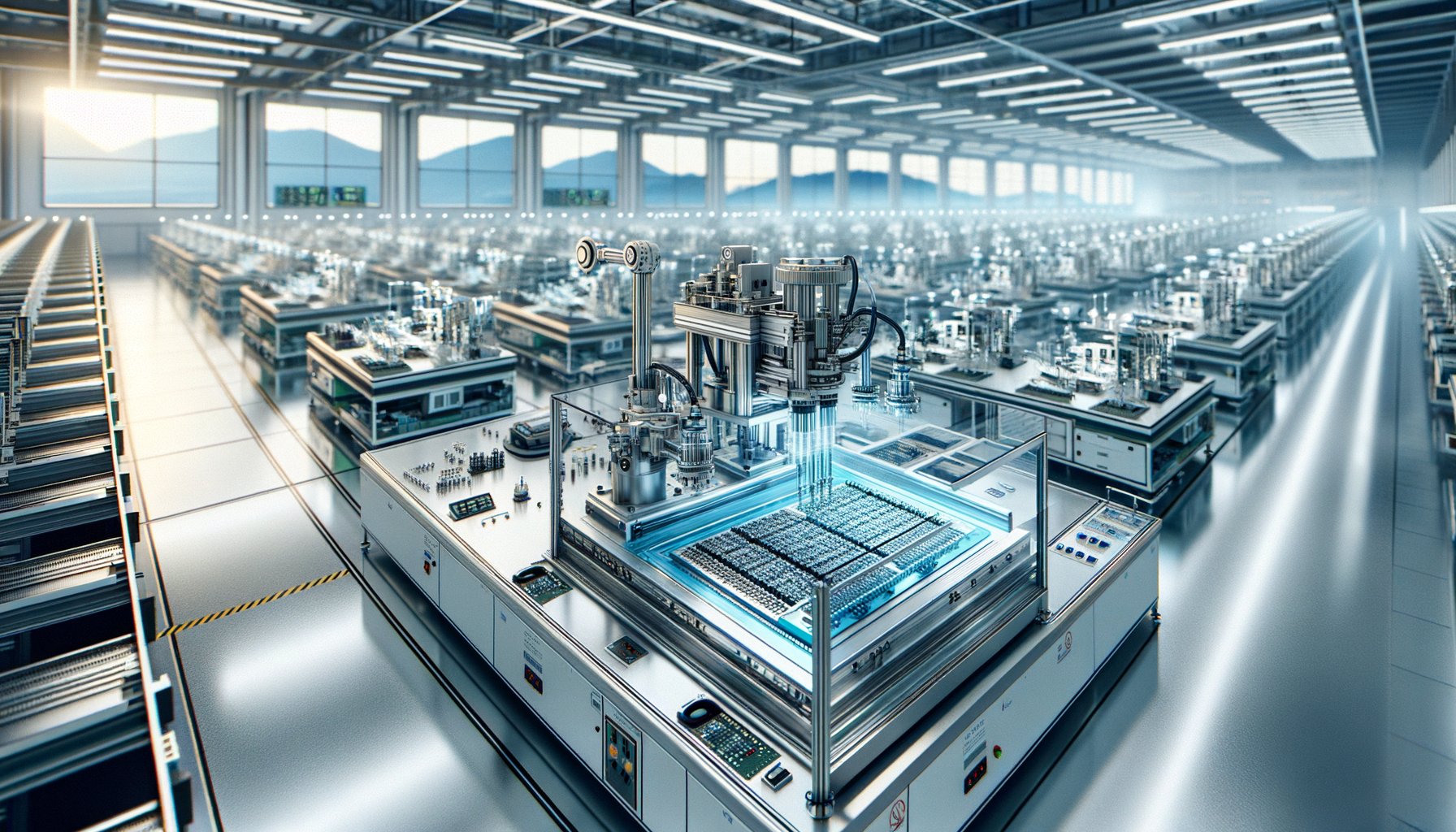
Innovative Equipment Transforming the Construction Industry
Introduction to Innovative Construction Equipment
The construction industry has always been a cornerstone of economic development, driving infrastructure and urban development across the globe. However, the sector is not immune to the waves of technological innovation sweeping through various industries. Recent advancements have introduced a plethora of innovative equipment that is reshaping how construction projects are executed. These tools and machines not only enhance efficiency but also improve safety, reduce costs, and minimize environmental impact. This article delves into some of the most groundbreaking equipment that is transforming the construction landscape.
3D Printing: Revolutionizing Building Construction
One of the most exciting advancements in construction technology is the application of 3D printing. This technology allows for the creation of complex structures with precision and speed that traditional methods cannot match. 3D printing in construction involves the use of large-scale printers that can fabricate building components layer by layer. This method reduces waste and labor costs while allowing for greater design flexibility. In some cases, entire houses have been printed in a matter of days, showcasing the potential of this technology to address housing shortages and disaster relief needs.
Moreover, 3D printing supports sustainability efforts by using eco-friendly materials and minimizing waste. The ability to print with recycled materials further enhances its environmental credentials. As the technology matures, it is expected to become more prevalent in mainstream construction, offering a viable solution to many of the industry’s challenges.
Drones: Enhancing Site Surveying and Monitoring
Drones have become an indispensable tool in the construction industry, offering a bird’s-eye view of sites that enhances surveying and monitoring processes. Equipped with high-resolution cameras and sensors, drones can capture detailed images and data, allowing for accurate site assessments and progress tracking. This capability not only improves the precision of project planning but also helps in identifying potential issues before they escalate.
The use of drones also enhances safety by reducing the need for workers to access hazardous locations. They can quickly and safely survey large areas, providing real-time data that helps in making informed decisions. As drone technology continues to evolve, it will likely play an even more significant role in the construction industry, offering new possibilities for automation and data analysis.
Robotics: Automating Construction Tasks
Robotics is another area where innovation is making a significant impact on construction. Robots are increasingly being used to perform repetitive and labor-intensive tasks, such as bricklaying, welding, and concrete dispensing. These machines are designed to work alongside human workers, complementing their efforts and increasing overall productivity.
By automating these tasks, construction companies can reduce labor costs and minimize the risk of human error. Additionally, robots can work in environments that may be unsafe for humans, further enhancing safety on construction sites. As robotics technology advances, we can expect to see even more sophisticated machines that can handle a broader range of tasks, driving further efficiency and innovation in the industry.
Conclusion: Embracing the Future of Construction
The integration of innovative equipment in the construction industry marks a new era of efficiency, safety, and sustainability. Technologies such as 3D printing, drones, and robotics are just the beginning of a transformative journey that promises to redefine how construction projects are planned and executed. By embracing these advancements, the construction industry can address many of its longstanding challenges, from labor shortages to environmental concerns.
As these technologies continue to evolve, they will unlock new possibilities and opportunities for growth. It is crucial for industry stakeholders to stay informed and adaptable, ensuring that they can leverage these innovations to their fullest potential. The future of construction is bright, and it is being built on a foundation of cutting-edge technology.


